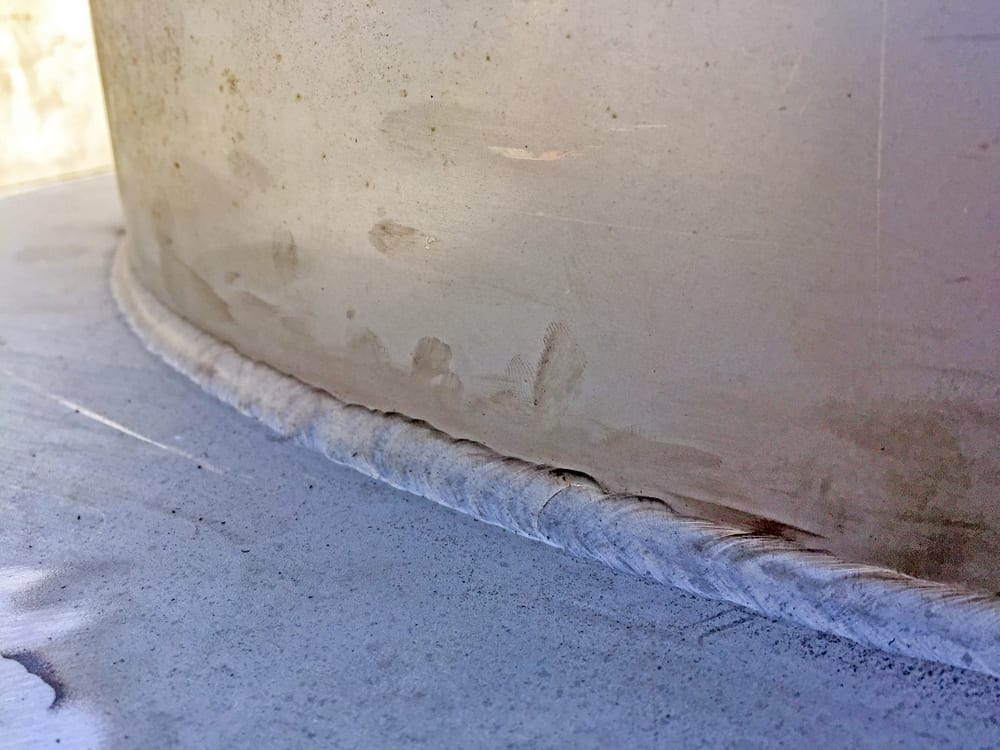Your Total Handbook to Preventing Weld Undercut Like a Pro
Your Total Handbook to Preventing Weld Undercut Like a Pro
Blog Article
Mastering the Art of Welding: Just How to Prevent Undercut Welding Issues for Flawless Construction Results
By comprehending the root causes of undercut welding and implementing reliable techniques to avoid it, welders can boost their craft to brand-new levels of excellence. In the search of perfect fabrication outcomes, understanding the art of welding to stay clear of undercut concerns is not just an ability yet a need for those aiming for excellence in their work.
Understanding Undercut Welding

To stop undercut welding, welders should make certain correct welding specifications, such as changing the existing, voltage, traveling rate, and keeping the right electrode angle. Additionally, utilizing the appropriate welding strategy for the specific joint arrangement is necessary. Using weaving movements or backstepping techniques can aid make sure correct weld metal deposition and minimize the likelihood of undercut formation. Regular examination of welds during and after the welding procedure is likewise important to catch any kind of undercut very early and make necessary adjustments to stop additional issues. Preventing weld undercut. By comprehending the root causes of undercut welding and applying precautionary steps, welders can attain premium, structurally audio welds.
Reasons For Undercut in Welding
Recognizing the factors that contribute to undercut in welding is important for welders to generate top notch, structurally sound welds. Undercutting occurs when the weld metal does not effectively load the groove developed between the base steel and the formerly transferred weld steel. Numerous factors can bring about damage in welding. One typical reason is extreme heat input. Welding at high temperature levels for prolonged periods can result in the base metal melting greater than preferred, resulting in damage. Inadequate welding present or inaccurate welding rate can also add to undercut. Insufficient current might not offer sufficient warm to thaw the base and filler metals properly, while excessive speed can protect against proper fusion, triggering undercut. Additionally, inappropriate electrode angles or inaccurate torch manipulation strategies can create locations of low weld metal deposition, advertising undercut. Recognizing these reasons and carrying out correct welding strategies can assist avoid undercutting problems, making certain resilient and strong welds.
Methods to avoid Undercutting

To mitigate the risk of damaging in welding, welders can use calculated welding strategies focused on improving the high quality and honesty of the weld joints. One effective approach is to readjust the welding specifications, such as voltage, existing, and take a trip speed, to ensure correct heat input and deposition. additional reading Keeping a suitable electrode angle and making certain regular traveling rate can likewise help stop undercut. In addition, making use of the proper welding strategy for the specific joint setup, such as weave or stringer beads, can add to lowering damaging. Preventing weld undercut.
Moreover, appropriate joint preparation, including guaranteeing tidy base products complimentary of contaminants and making use of the proper welding consumables, is important in avoiding undercut flaws. Utilizing back-step welding techniques and regulating the weld grain profile can also assist disperse warm evenly and decrease the risk of undercut. Regular evaluation of the weld joint throughout and after welding, along with implementing quality control measures, can aid in discovering and attending to undercutting issues without delay. By applying these strategies diligently, welders can accomplish remarkable construction results with minimal undercut problems.
Importance of Correct Welding Parameters
Picking and keeping proper welding parameters is necessary for accomplishing successful welds with marginal flaws. Welding specifications refer to variables such as voltage, current, travel speed, electrode angle, and securing gas circulation price that straight influence the welding process. These parameters need to be meticulously readjusted based upon the type of material being bonded, its density, and the welding method used.
Correct welding parameters ensure the correct amount of warmth is applied to melt the base metals and filler product consistently. If the parameters are set too expensive, it can lead to excessive warmth input, triggering spatter, burn-through, or distortion. On the other hand, if the parameters are also reduced, incomplete fusion, lack of infiltration, or damaging might happen.
Quality Control in Welding Procedures

Verdict
To conclude, grasping the art of welding requires a comprehensive understanding of undercut welding, its reasons, and strategies to stop it. By making certain appropriate welding parameters and applying quality control techniques, perfect fabrication outcomes can be achieved. It is crucial for welders to constantly pursue quality in their welding operations to stay clear of undercut issues and generate premium welds.
Undercut welding, a common flaw in welding processes, happens when the weld metal doesn't properly fill up the groove and leaves a groove or clinical depression along the welded joint.To protect against undercut welding, welders ought to make certain appropriate welding criteria, such as adjusting the present, voltage, traveling speed, and keeping the correct electrode angle. Insufficient welding existing or incorrect welding speed can likewise add to undercut.To reduce Visit Website the threat of undercutting in welding, welders can utilize calculated welding techniques aimed at improving the top quality and integrity of the weld joints.In verdict, understanding the art of welding calls for a comprehensive understanding of undercut welding, its reasons, and techniques to prevent it.
Report this page